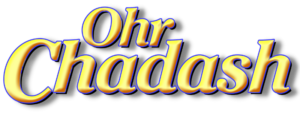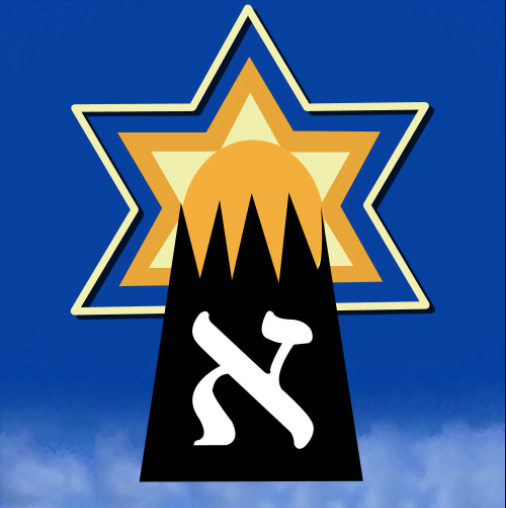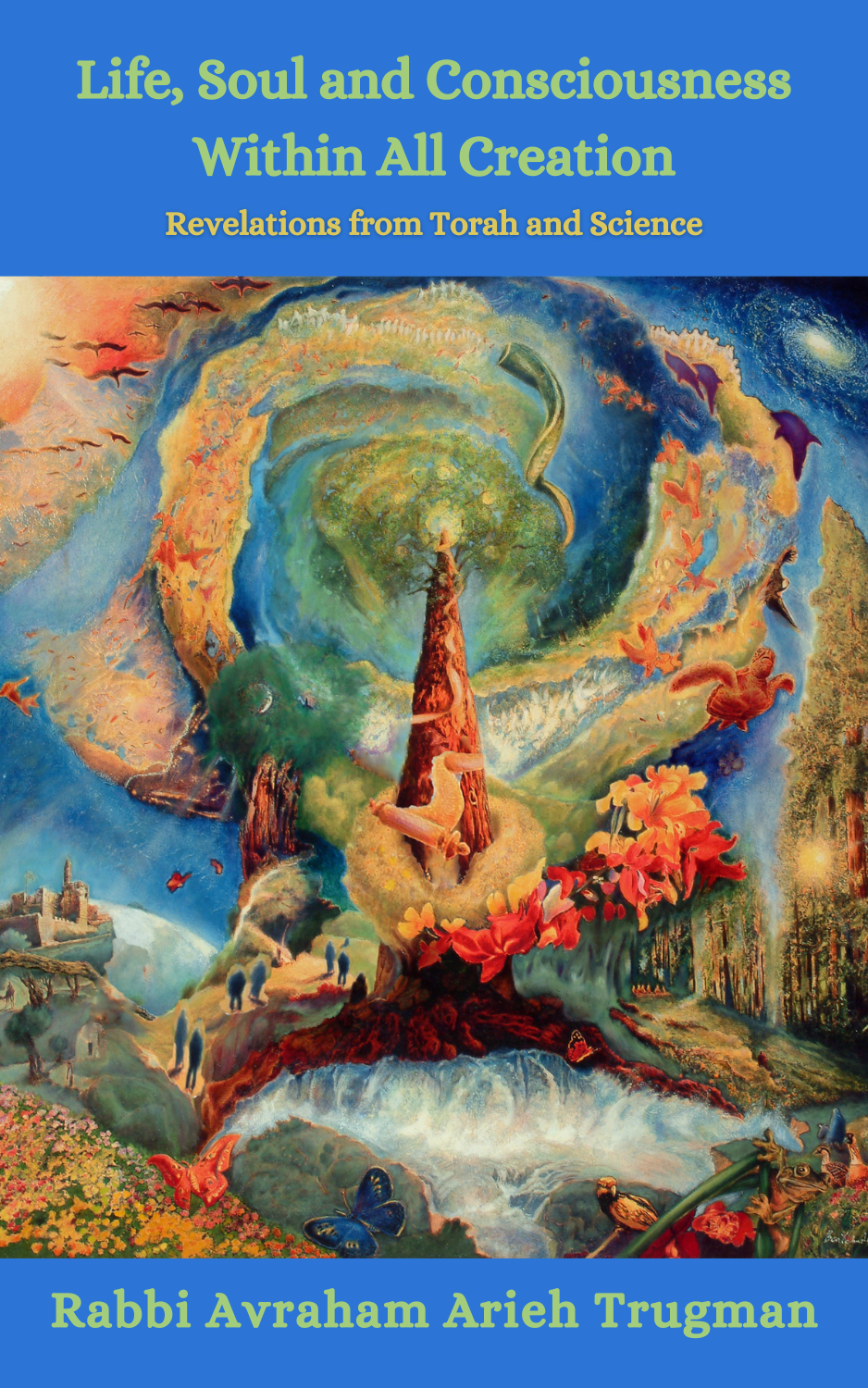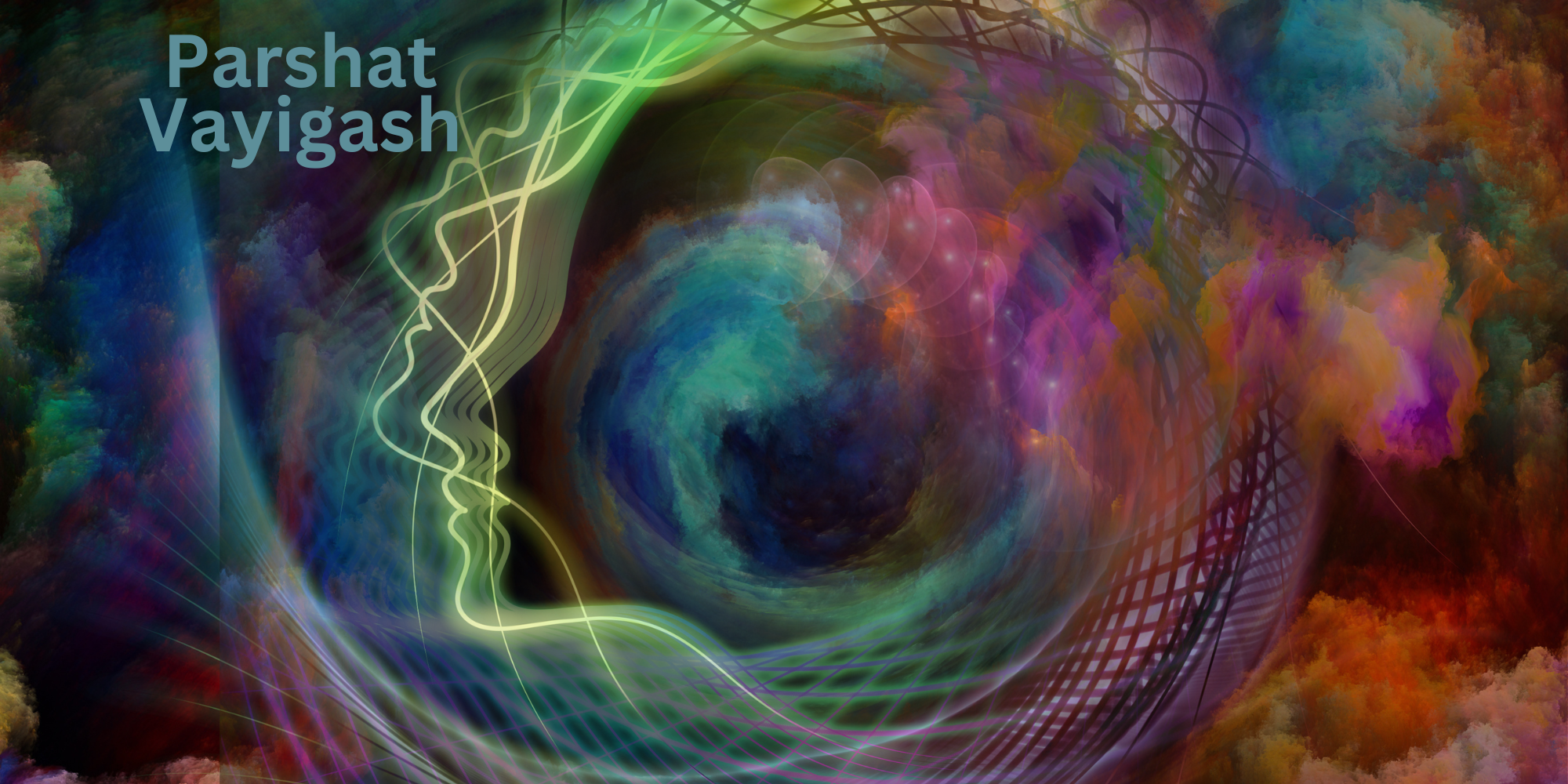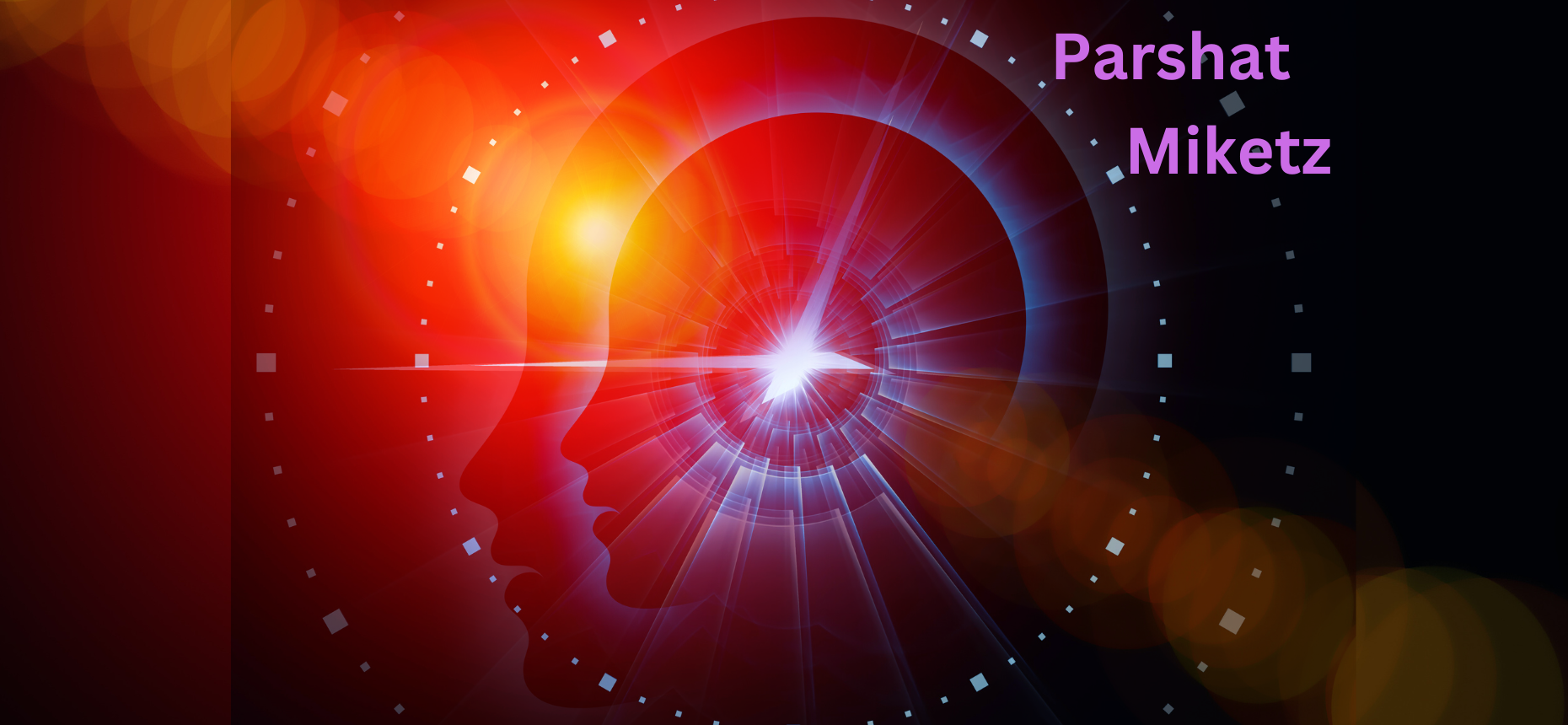In this brief article I will compare the essential teachings and educational philosophy of the Ba’al Shem Tov (1698–1760) to those of Reb Shlomo Carlebach (1925–1994). Although they were born 227 years apart, the spirit of their respective generations, their life missions, and the specific strategies they used to impart their messages reveal uncanny resemblances.
The Ba’al Shem Tov is universally acclaimed as the inspirational figure whose teachings launched the Chasidic movement. Although he never committed his fundamental teachings to writing nor left an organizational paradigm upon which to build a movement, the charismatic force of his living example was enough to ignite the enthusiasm of his closest students. They subsequently spread his teachings far and wide, creating one of the most successful movements in Jewish history.
Although some might claim that the Ba’al Shem Tov was guided by pure inspiration and spontaneous religious fervor, he undoubtedly developed a firm set of beliefs and was, in fact, quite deliberate about the message he wanted to impart to his students and to his wider audience. Not only was his message unique but the means by which he imparted his teachings were too; in fact, they were part of his message. The very same can be said about Reb Shlomo. Both the Ba’al Shem Tov and Reb Shlomo’s “educational philosophy,” in fact, determined the parameters of their lives’ work.
The Ba’al Shem Tov was born into a dispirited Jewish world that was about to be shaken by the forces of modernity. He was born approximately thirty years after the debacle of the false messiah Shabbetai Zevi and fifty years after the massacres perpetrated by Chmielnicki and his Cossack armies. Both these events, coming at the end of nearly 1700 years of exile, left the Jewish people distraught, discouraged, and drained of hope for the future. The Ba’al Shem Tov gave the Jewish people hope and strengthened them to withstand the sweeping changes about to occur.
The Industrial Revolution began in approximately 1760, the year the Ba’al Shem Tov died, and the American and French Revolutions followed soon after. In addition to the monumental changes these revolutions wrought, the winds of the Enlightenment began to challenge basic Jewish beliefs in Europe. Within a relatively brief time, both the world at large and the Jewish world changed almost beyond recognition. The Ba’al Shem Tov’s teachings prophetically intuited these events and were geared to address this rapidly changing world order, as he clearly believed that he had come to inspire and rejuvenate the Jewish people at a crucial point in history.
Reb Shlomo also seems to have been born into a similarly dispirited and chaotic world and followed a similar philosophical path, which has led him, as it did the Ba’al Shem Tov, to ever-increasing posthumous greatness. Reb Shlomo came of age during and following the Holocaust, which left the Jewish people decimated numerically and traumatized psychologically and philosophically. Assimilation, intermarriage, and Jewish illiteracy grew by unparalleled leaps and bounds among the remaining Jews, while cultural and political upheavals shook the world. The changes occurring over the twentieth century left the Jewish world reeling and confused, seeming to have lost its direction and having no notion of how to stem the rising tide of assimilation. Reb Shlomo, like the Ba’al Shem Tov, clearly responded to the disastrous developments in Jewish life, crafting his worldview and message to the analogous realities of his time. Like the Ba’al Shem Tov, Reb Shlomo left no writings or directions for how his followers should proceed without him, but they took up the torch and have very successfully spread his Torah. The one poignant difference between the Ba’al Shem Tov and Reb Shlomo’s eras was the rebirth of the State of Israel in 1948, which for the Jewish people provided a true glimmer of hope in a sea of darkness.
*************************************
I will now summarize the Ba’al Shem Tov’s cardinal teachings, which reveal his educational strategy, and demonstrate how Reb Shlomo adopted these same ideas and a similar approach to impart his message. Due to the brevity of this article, only an overview of these ideas can be provided. An entire book would be needed to do them justice.
The most important document in our possession from the Ba’al Shem Tov is the letter he wrote to his brother-in-law Rabbi Gershon of Kitov describing a mystical elevation of his soul. During this elevation, the Ba’al Shem Tov’s soul was in contact with the soul of the Mashiach. In response to the Ba’al Shem Tov’s question as to when he would come, the Mashiach replied: “When your teaching will become public and revealed in the world and your wellsprings [of Torah wisdom] burst forth to the farthest reaches….” In other words, the Mashiach conditioned his arrival on the Ba’al Shem Tov disseminating his innovative interpretations of the Torah and his educational initiatives throughout the world. The Ba’al Shem Tov, aware of this mission, trained a small cadre of Torah scholars by personal example so that this objective was ultimately reached.
Reb Shlomo, following in the Ba’al Shem Tov’s footsteps, was also driven to spread the inner light of Torah to the farthest reaches of the globe. Thus he traveled around the world nearly non-stop for forty years bringing the joy, depth, and relevance of Judaism to communities everywhere. Like the Ba’al Shem Tov, Reb Shlomo also inspired scores of talented and learned individuals by his personal example. These men and women carried out his mission, both during his lifetime and after his passing.
It is no surprise that the seventh Lubavitcher Rebbe, Menachem Mendel Schneersohn, who first sent Reb Shlomo out to college campuses in the 1950s was likewise inspired by the Ba’al Shem Tov’s mission of disseminating the wellsprings of Torah to the farthest reaches of the globe. (In fact, the Chabad movement and its thousands of dedicated emissaries serving Jewish communities all over the world can only be understood in terms of the Ba’al Shem Tov’s mission.)
The Ba’al Shem Tov famously used stories as a means of imparting the very depths of Kabbalistic wisdom, and he did so in a manner that everyone could understand. Just as Rabbi Yitzchak Luria, known as the Arizal, had probed the depths of the Zohar and revolutionized its study by revealing its true inner meaning, the Ba’al Shem Tov took the teachings of the Arizal and revolutionized their study by presenting them in new and simpler language. In a revolutionary move, he opened the door of Kabbalistic wisdom to the masses for the first time and infused every word of Torah with deep contemporary meaning that was relevant to each and every person.
Reb Shomo continued this Chasidic tradition of storytelling during his countless concerts and in his many teachings, crafting a laid-back yet heart-opening language that combined Yiddish parlance with the hip language and style of the 1960s. He infused the words he fashioned with deep Torah insight so that all who heard him, no matter how connected to or estranged from their Jewish roots, felt he was speaking directly to them, to their hearts, to their inner souls.
When the Ba’al Shem Tov was five years old, his father, on his death bed, instructed him to follow two imperatives: to fear nothing other than God and to love each and every Jew with his whole heart. He followed these instructions meticulously and forged ahead despite great opposition, creating a new path in the service of God and a refreshing worldview based on rectifying Creation. He reached out to the downcast masses as no one else had before and treated each person, especially the “simple” Jew, with the utmost respect and love.
This love lead the Ba’al Shem Tov to formulate one of his most important teachings: the soul is “an actual part of God above.” Not only is man created in the image of God but according to this fundamental Chasidic teaching the soul is an actual part of God. Therefore, the Torah’s commandment to love one’s neighbor as one’s self becomes the most effective way to love God.
Expanding upon this notion, Reb Shlomo used to say that while every Jew may not be holy, every Jew is the Holy of Holies. In other words, Jews may make all sorts of mistakes and act totally improperly on the outside, but they are still fundamentally connected to their inner essences, their Holy of Holies. This hidden inner essence is in fact the part of God above that dwells within. This perspective allowed both great teachers to look beyond the petty inadequacies and superficial exteriors common to all human beings and instead focus upon peoples’ inner Godly spark and treat them accordingly.
Reb Shlomo’s love of every Jew and in fact every human being was legendary. Like the Ba’al Shem Tov he thought and acted “out of the box” and brought upon himself the wrath of the religious establishment. Despite this he forged ahead inspiring his students to create the House of Love and Prayer in the 1960s in San Francisco and Moshav Meor Modiim in the 1970s in Israel. Both of these places, along with the Carlebach shul in New York City, which he inherited from his father, became platforms to draw in Jews of every persuasion and level of commitment. He used his infectious love and stirring music as a means to inspire and to touch hundreds of thousands around the world.
Reb Shomo’s decision to emphasize joy in his teachings and concerts drew directly upon the teachings of the Ba’al Shem Tov. In response to the despondent state of Jewry in his time, the Ba’al Shem Tov’s emphasis on serving God with joy and living life joyously was not only refreshing but revolutionary. Similarly, in the 1960s, following the Holocaust and under the constant threat to the young State of Israel’s continued existence, the sound of music was not exactly “in the air.” Yet, in this atmosphere of existential doubt and angst, Reb Shlomo burst onto the scene bringing with him a new spirit and a message of great hope for his generation.
Perhaps one of the greatest contributions these teachers made was teaching their students that prayer was not only an obligation but also a unique opportunity to undergo joyous, meaningful, spiritual experiences. Many of the teachings preserved by the followers of the Ba’al Shem Tov relate to his philosophy and customary practices concerning individual and communal prayer. His great grandson, Rebbe Nachman of Breslov, carried these teachings about individual prayer to their logical conclusion by teaching hitbodedut (literally, lone meditation), a unique spiritual practice that combines prayer, song, meditation, introspection, and intimate dialogue with God, all taking place in the wonders of nature.
Reb Shlomo’s ever-increasing influence is perhaps most apparent in the phenomenal spread of “Carlebach davening,” quite literally all over the world, since his passing. The seeds he sowed on Shabbat during his forty years of constant travel have come to fruition as congregations everywhere have not only adopted his melodies but also have attempted to emulate the deep spirit of prayer he tried so hard to instill.
The students of the Ba’al Shem Tov used to relate that when he taught they were certain they heard the sound of the shofar blown at Sinai. Another tradition reports that when the Maggid of Mezritch, the Ba’al Shem Tov’s eventual successor, first came to see him he was initially unimpressed. In their first private meeting, the Ba’al Shem Tov asked him to learn a section of Zohar. The Maggid did so in a dry, uninspired manner. Then the Ba’al Shem Tov learned the same piece and not only did it come alive, the room filled with angels! The Maggid, who was already a great Torah scholar, realized immediately that he had found his teacher.
These two traditions exemplify how the Ba’al Shem Tov revealed Divinity as an immediate and personal experience. He did not just tell stories—he drew people into a living experience of the teachings hidden within, of the Divine.
Likewise, Reb Shlomo was a master at “creating a moment,” a deep temporal experience that would move his listeners to the cores of their very being. He did this through music, story, prayer, and learning, sometimes fusing them all into a profound moment that could change one forever. He was looking for lost, estranged souls, and he would use this method to would bring them back to their Jewish roots.
Another major element of the Ba’al Shem Tov’s educational philosophy was the importance of building community in both the spiritual and material senses. When at an early age he became head of a society of hidden tzaddikim his first “campaign” directed them to empathize with and attend to the physical hardships of their fellow Jews, most of whom lived in abject poverty and oppression. A true community could only be built on the basis of its members’ mutual caring for one another’s most basic needs. His concept of a spiritual community was one in which the members feel a true love and loyalty to one another and a sincere desire for real personal growth in the context of and in harmony with the larger community. This paradigm has successfully served a wide variety of Chassidic communities to this day. It was this spirit and orientation towards practical organization that enabled decimated Chassidic communities to rebuild after the Holocaust with a speed and to a degree that no one imagined possible.
Reb Shlomo by the sheer power of his personality created a worldwide network of like-minded people. He used to call his close followers the chevra, “the group [of friends]” a term very close linguistically and philosophically to the chevriya, Rabbi Shimon bar Yochai’s intimate group of students 2000 years ago. Even though it was clear that he was the undisputed leader of the group, Rabbi Shimon bar Yochai made everyone feel like they were equal, bonded together in their intimate community of spiritual seekers. Reb Shlomo also created such a feeling and would often say that even more than we need rebbes today, we need good friends.
One of the Ba’al Shem Tov’s most important, though lesser known teachings, is that each person contains within him or herself a spark of Mashiach that needs to be revealed and developed. This spark contains a person’s pure potential and leadership qualities. (Rabbi Yitzchak Ginsburgh teaches that when enough individuals realize their own personal sparks of Mashiach, a critical mass will be achieved which will then draw the energy of the Messianic era into reality.)
This teaching was intrinsically tied in to the Ba’al Shem Tov’s overall Messianic vision. The Arizal had taught that the inevitable march to the Messianic era had begun and the Ba’al Shem Tov felt that it was time to accelerate that process and focus upon the central role Eretz Yisrael would play in this unfolding drama. The Ba’al Shem Tov’s famous attempt to reach the Holy Land was at that time practically unheard of and despite his failure to reach his destination, he began a trend that was championed by his students. They, as well as the followers of the Vilna Gaon, helped form the backbone of the Jewish communities living in Israel’s four holy cities: Jerusalem, Hebron, Safed, and Tiberias. In truth this was the first aliyah movement of modern times.
Despite the fact that Reb Shlomo traveled around the world for over forty years, performing concerts, running Shabbat programs, and teaching, he too placed Eretz Yisrael at the epicenter. Notwithstanding his travels, he always spent approximately three months each year in Israel, and during the last twenty years of his life he was based in Moshav Meor Modiim. At concerts all over the world, he played the role of Israel’s ambassador, beginning many an event with the words: “I bring you greetings and peace from Jerusalem, the holy city.” He always spoke of how the world was constantly improving, despite what many people thought. No matter where he was or what situation he found himself in, (like the Ba’al Shem Tov) he attempted to arouse peoples’ innermost spark of potential and goodness, their individual spark of Mashiach. Likewise he constantly reminded his listeners that the Messianic era was approaching and that the contemporary reality in Israel is a fulfillment of the ancient Jewish prophecies.
Both during and immediately following the many wars the State of Israel has endured, Reb Shlomo would go to play for the Israeli soldiers on army bases and visit hospitals to cheer up the wounded. He brought hope and strength to those on the front lines as no one else could. He told stories and spoke constantly about the awesome holiness of Israel’s soldiers and their commitment to the Jewish people and the Land of Israel.
***************
In conclusion it would be highly instructive to apply the various teachings and practices of the Ba’al Shem Tov and Reb Shlomo more systematically to construct an educational paradigm that is desperately needed today on a wide scale. In general, we can safely state that the educational models being used in formal Jewish education—the religious school systems and the non-Orthodox pluralistic day schools and supplementary education tracks—are too formal, cold, and emotionally detached from the student. Independent thinking, hands-on experience and a feeling of community are not emphasized enough and creative alternatives to frontal classroom teaching are not experimented with sufficiently.
Just as problematic is many students’ sense that what is being taught is boring and unrelated to contemporary reality, and even more disastrously, that it does not relate to their own personal experiences and inner lives. A frequent complaint made by those not raised religiously is that the little they were taught almost always boiled down to what to do and not why we do it. This approach ultimately breeds frustration and disdain. Unfortunately, many Orthodox day school, yeshiva, and seminary students can make a similar complaint. It is quite shocking, for example, how many products of the Orthodox educational system, pray by rote daily, yet possess very little understanding or feeling for the beauty and depth of the prayers. The mitzvot are generally taught with little emphasis placed on their personal relevance or spiritual beauty.
By systematizing the core strategies of the Ba’al Shem Tov and Reb Shlomo, a holistic educational model can be created that will reveal the spiritual underpinnings of Jewish belief and practice. By delving deep within Jewish learning and tradition, the diverse levels of understanding can be made available. It is no longer sufficient to teach only the superficial aspects of Torah. Today’s youth are seeking much more than some seem to give them credit for. Unless our students feel a real spiritual depth to Judaism they will simply look elsewhere for answers to life’s deepest questions, or stop looking altogether. The Jewish soul longs for meaning and purpose and if it cannot find it in Judaism it will look elsewhere to fulfill that longing.
Today, this longing is expressed in part by the explosion of interest in Kabbalah, as Jews rebel against the lack of spirituality in the mainstream Jewish world. The amazing spread of Carlebach davening also speaks volumes about this spiritual void. Ongoing Carlebach minyanim have been established on campuses and in communities throughout the Jewish world filling an obvious need.
Notably some of the most successful programs in Jewish education today—and, indeed, there are some highly successful ones—are adopting the model described in this article. This success—in building vibrant youth groups and summer camps, involving students in community service, and running the study in Israel, Birthright, and March of the Living type programs—should be built on, as these educational paradigms also use the Ba’al Shem Tov and Reb Shlomo’s formula: more creativity, more hands-on experience, and all in all a more spiritual and joyous approach to Judaism.
Ultimately, to a large degree, the success of any educational endeavor depends not just on the material taught but on the teacher’s attitude towards and method of approaching the students. Thus, it would make a tremendous difference, if, in addition to focusing on spirituality and creativity, teachers adopt the interpersonal practices of the Ba’al Shem Tov and Reb Shlomo: relating to their students with consummate love and respect; envisioning the Godly potential within each and every student; and committing themselves to assisting each and every one to realize his or her latent potential.
It is within our power to continue to build upon the direction and initiatives the Ba’al Shem Tov and Reb Shlomo pioneered: to fearlessly extend our hands out to every Jew and, in fact, to the entire world by revealing the inner depths of the Torah in a joyous and easily accessible manner; to treat everyone as an image of God with limitless potential; to build community spirit and sharing, while simultaneously developing our own unique connections to the Creator; and to do our parts in bringing the Messianic era and consciousness closer, especially by being connected to Eretz Yisrael.
The Ba’al Shem Tov and Reb Shlomo, in their respective generations, took the ancient traditions and forged new pathways relevant to their times. Their wisdom, courage, and creativity are needed now more than ever to meet both our contemporary and future challenges.
